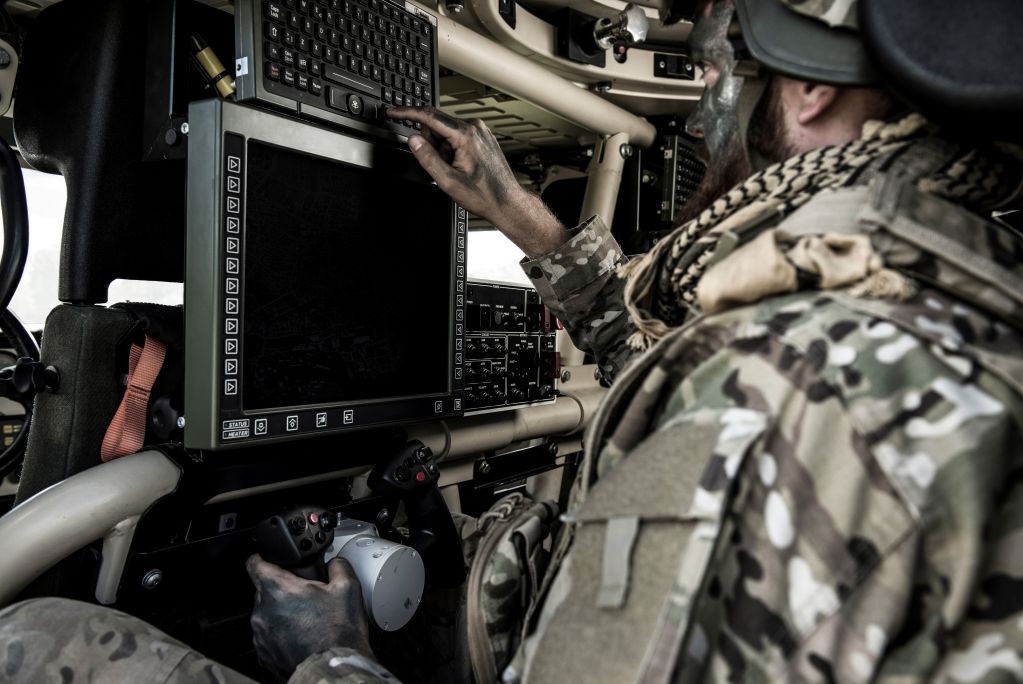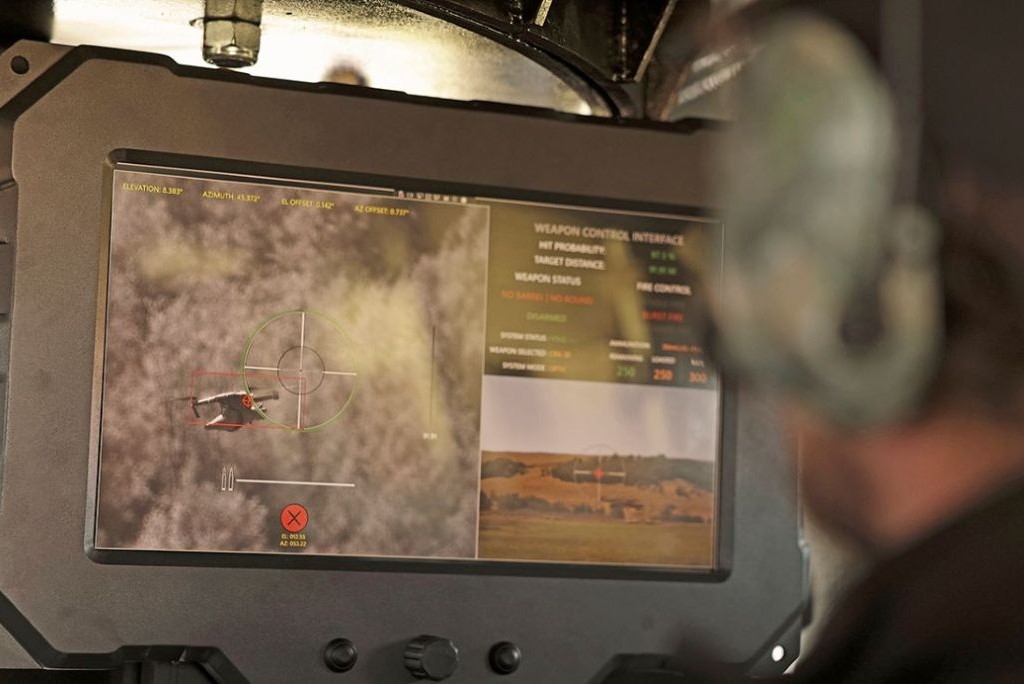The HORNET Air Guard Initiative: Advancing Drone Defense Capabilities
Emerging Challenges in Modern Warfare
As operational theaters increasingly incorporate unmanned aerial vehicles (UAVs), military forces face an urgent demand for swift and effective response mechanisms. Recognizing this imperative, the French Army has initiated the HORNET Air Guard program, which leverages the T1 turret, already utilized on the GRIFFON and SERVAL platforms. This initiative signifies a pivotal shift towards enhancing drone defense capabilities in real-time combat scenarios.
Commitment to Proven Solutions
The French Army’s Chief of Staff underscored this initiative during a September press conference, emphasizing the military’s dedication to pragmatic solutions through established technologies. The HORNET Air Guard reflects an ongoing endeavor to augment operational readiness by integrating tried-and-tested systems, thereby facilitating a more rapid delivery of capabilities to front-line units.
Harnessing Established Expertise
Over the past decade, the French Directorate General of Armaments (DGA) has effectively cultivated a robust domestic turret industry, with Arquus at the forefront of this evolution. The emergence of the HORNET family is a testament to this industrial expertise, enabling the agile adaptation of verified components to address contemporary operational requirements. This strategic approach reduces developmental timelines while maximizing the utility of existing systems.
A Comprehensive Counter-Drone Strategy
Central to the HORNET initiative is a Counter-Drone (LAD) strategy that seeks to implement a multi-faceted solution capable of:
- Drone Detection: Utilizing advanced sensors to monitor aerial threats.
- Neutralization Procedures: Employing various techniques to incapacitate hostile UAVs.
- Integration into Existing Frameworks: Utilizing an architecture already prevalent within the French Armed Forces.
By opting for this approach, the DGA avoids the protracted and expensive undertaking of developing entirely new systems. Instead, it fosters an environment conducive to accelerated testing and operational assessments.
Innovative Framework for Rapid Experimentation
In a move that highlights its proactive stance, the DGA is embracing an experimental model to enhance combat capabilities. This involves the integration of new technologies into existing programs, commencing with the deployment of an initial demonstrator from Arquus. Subsequent phases will focus on the rapid evaluation of experimental kits within active operational units.
All stakeholders—DGA, armed forces, and industry partners—are united in their objective: to trial a new counter-drone capability by spring 2026. This timeline aligns closely with the French Army’s strategic operational framework, ensuring swift transition from experimental phases to full-scale deployment.
The Future of Military Operations
The HORNET Air Guard initiative embodies a strategic pivot towards agile innovation rooted in validated technologies. It underscores a collective commitment to enhancing defense mechanisms against the rapidly evolving threats posed by drones. As military landscapes continue to transform, initiatives like HORNET offer a blueprint for responding effectively to new challenges, setting a precedent for future advancements in defense capabilities.





